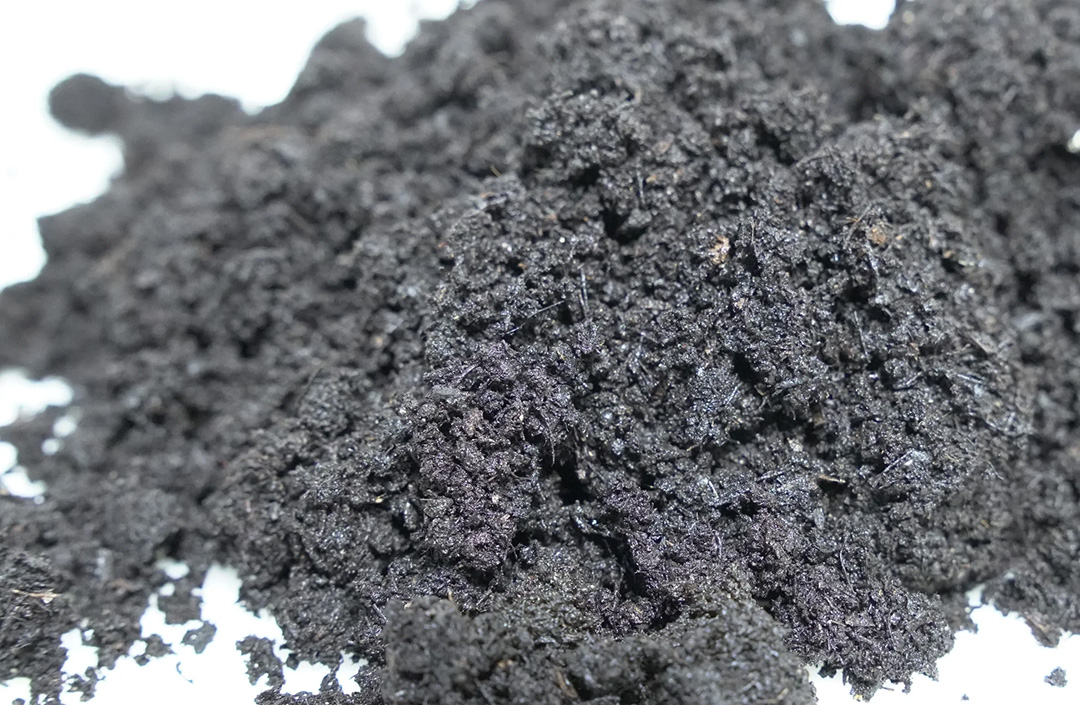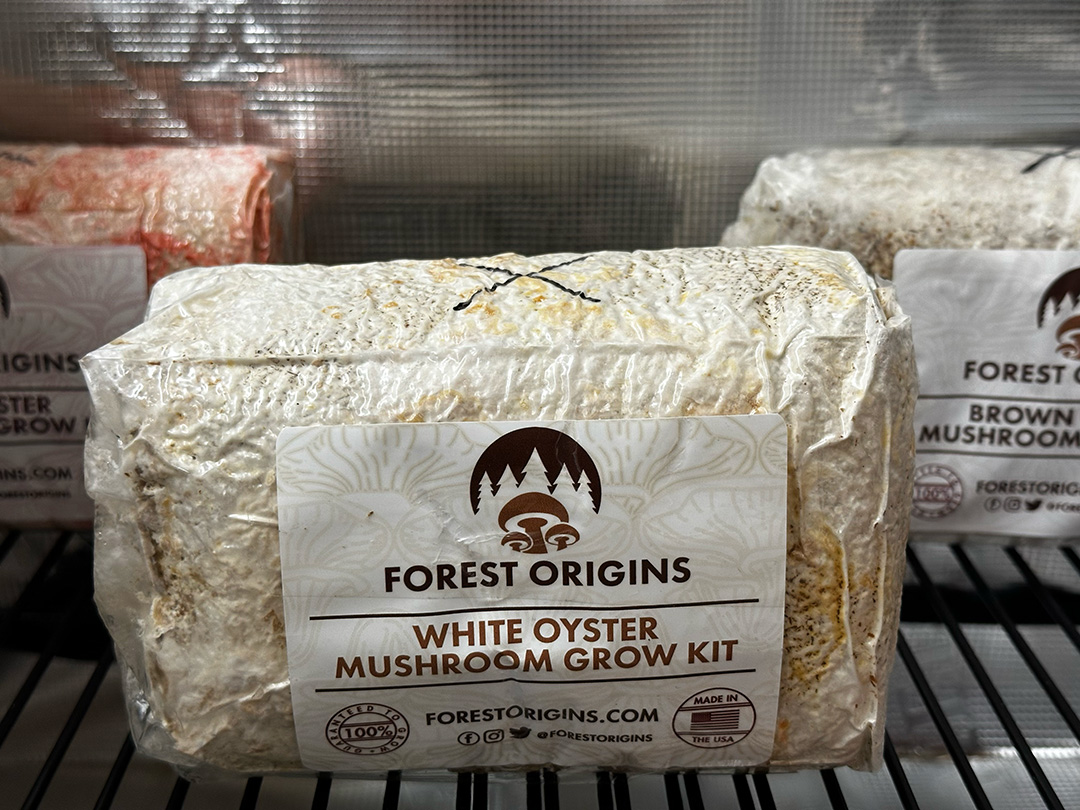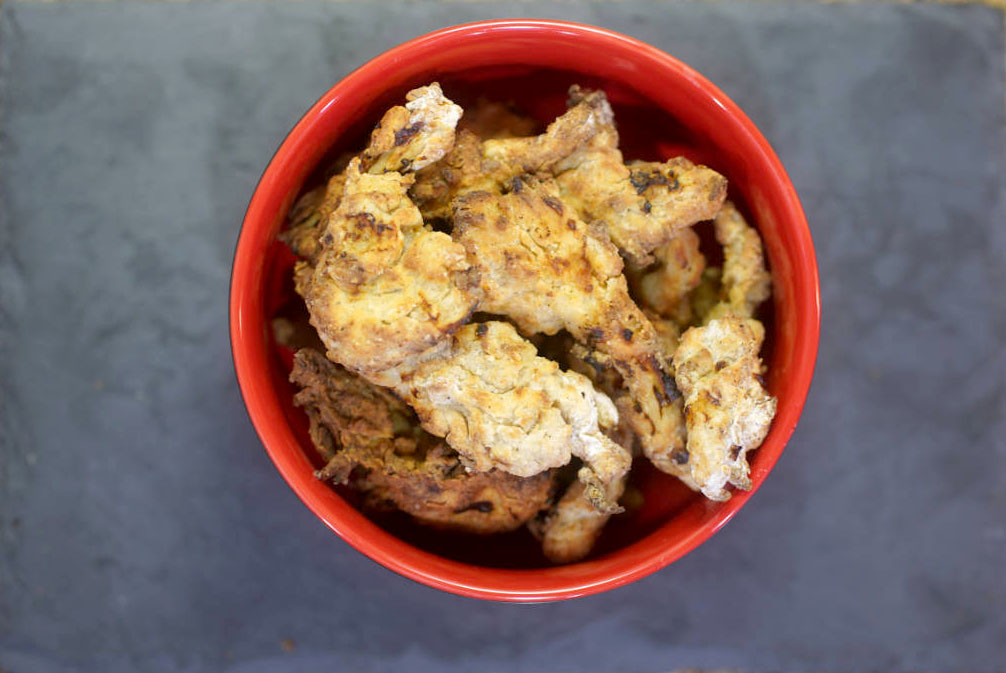What is substrate?
When we say substrate, we’re talking about the physical thing or medium that the mycelium (the little roots that mushrooms grow from) grows into and calls home. Substrate is like the soil of the mushroom world. Like soil of the plant world, substrate can come in different flavors and forms depending on the desired end result and the type of mushroom being grown.
What’s it made of?
It depends but generally speaking, substrate consists of three main components:
-
Nutrition for the mycelium
-
Physical structure for the mycelium to grow into (scaffolding)
-
Water to support both the mycelium and the eventual mushrooms that will fruit from it (remember mushrooms are 90% water by weight and it gets that from the “ground” or substrate).
Just about all grow blocks on the market or made at home will contain these three things. Nutrition will usually be some type of grain (brown rice, bird seed, popcorn, wood chips, etc.) for the mycelium to feed on. The physical structure and moisture come from shredded coconut husk fiber, also known as coco coir, mixed with water at around a 4.5:1 ratio of coco coir to water. This ratio should result in coco coir moisturized to “field capacity”, which means the coconut fiber is just hydrated enough to be moist but not sopping wet. Squeezing coco coir hydrated to field capacity in your hand should result in very little liquid dripping out. This mixture provides the physical structure/scaffolding and the water required for the mushrooms to grow.
These three components combined in a container/tub or grow bag is referred to as the substrate, or the thing the mycelium grows into and lives in. Generally if purchasing a “grow kit” or “fruiting block”, the block will contain a mixture of substrate that has already been colonized by the desired mushroom species, but you can buy prepared blocks with various ingredients tailored for specific varieties of mushrooms that you can then inoculate with your own spores or liquid culture.
Where does this substrate fit in with respect to the whole process of growing mushrooms?
The process of growing mushrooms at home can be summed as as follows:
-
The jab - Mushroom spores or live mycelium (those multi spore syringes or liquid culture syringes mentioned in our previous post
are injected into a sterilized and filtered bag/container containing either prepared mushroom food (grain, seed, etc.) by itself or as a full all-in-one substrate mix as discussed in the previous paragraph (more on this later). -
Whole new world - The mycelium colonizes the sterile substrate and the bag is considered fully colonized when the the entire grow bag is white. It should be noted that up to this point, the mycelium has been living and growing in the substrate in a high CO2 environment. It should be noted that the grow bag itself is sealed with the exception of an extremely fine filter patch that prevents moisture from leaving the bag but allows for a very small amount of oxygen and carbon dioxide to pass through (this will be covered in a future post).
-
Send it - When the block is completely white (this can take a long time), an “X” is cut into the side of the bag to introduce oxygen, triggering the mycelium to fruit from the “X” cut into the bag.
-
Good things come to those that wait - Depending on the variety of mushroom, you might be waiting as little as 5 days to 2 weeks before you see anything happening after introducing fruiting conditions (cutting the “X”). Mushrooms will start as small bumps on the surface of the exposed mycelium and will rapidly increase in size over the next few days to another couple weeks. Once the mushrooms are mature and ready to harvest, they can simply be plucked off (grab the cluster of mushrooms with both hands and twist).
-
Round two and beyond - Mushroom blocks usually have more than one batch of mushroom harvests in them. In the mushroom world, a mushroom harvest is referred to as a “flush”, since the mushrooms fruit in waves (one cluster finishes before a new one starts). As the water in the colonized block moves from the block into the fruiting mushroom bodies and mushrooms are 90% water, the first flush will usually yield the heaviest fruits with subsequent flushes reducing in yield until there isn’t enough water in the block to sustain more mushrooms. At this point the “cake” can either be broken up and mixed in to compost to supercharge your soil or it can be mixed into more freshly prepared substrate (hydrated and pasturized coconut coir) to restart the whole fruiting process.
You might be wondering, if we can use existing mushroom spawn to make more mushroom spawn, do we need to use the multi spore syringe or liquid culture again? The answer is: not really, or at least for a while. Once you have mycelium either in the form of a colonized cake, grain spawn, or liquid culture, this can be kept alive by continuing to provide more nutrition, moisture, and space. All fruiting blocks will contain the three elements (food, structure, and water) by the time they make it to their final fruiting destination. The timing of when the nutrition is mixed with the hydrated scaffolding varies among grow block manufacturers. This is a very similar idea as making bread with a packet of yeast for a single loaf of bread vs making a sourdough mother culture to then use for several loaves of bread.







